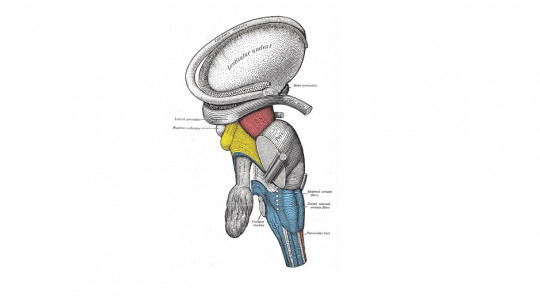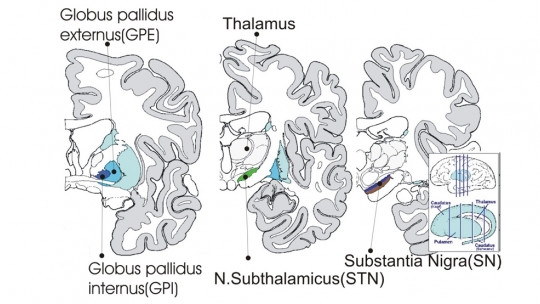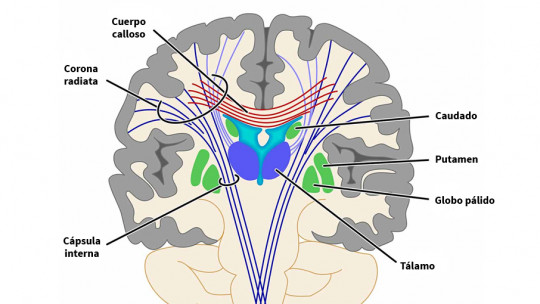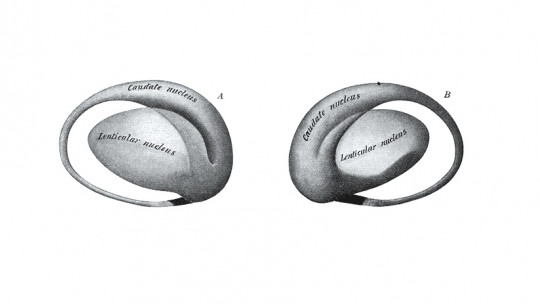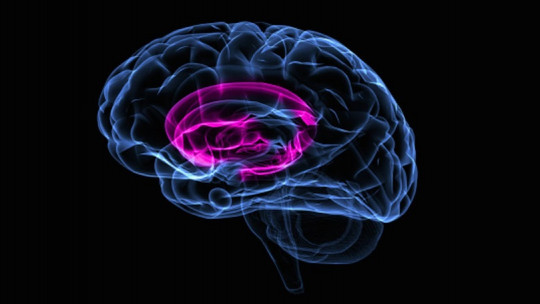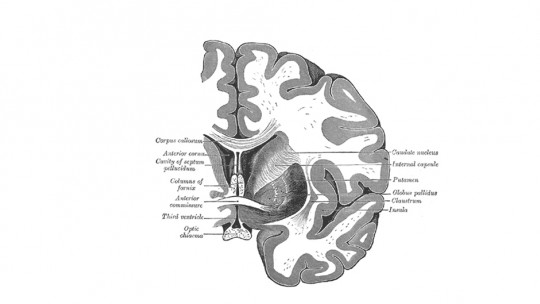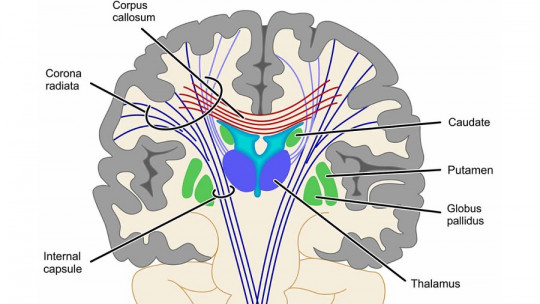The basal ganglia They are a series of parts of the brain located in the depths of the brain that are of great importance for carrying out various functions. It is a set of various structures and substructures, which can be grouped based on their connections between them.
One of these structures or rather a set of them is the so-called lenticular nucleus which is especially relevant in motor management, as well as in learning and motivation.
The lenticular nucleus: parts and characteristics
The lenticular nucleus is a subcortical structure of the brain, located in the inner part of the brain. This nucleus is part of the basal ganglia, a set of structures made up of gray matter (that is, they are mainly neuronal somata and dendrites).
Also called extraventricular nucleus of the striatum, the lenticular nucleus is configured by three segments, although these three segments can be divided mainly into two structures; putamen (which would be the outermost segment) and globus pallidus (which would collect the middle and inner segments).
Thus, it can be considered that the lenticular nucleus is the union of two other structures typical of the basal ganglia, putamen and globus pallidus
This cuneiform structure is in contact with the internal capsule, which separates it from the thalamus and caudate, and with the external capsule that separates it from the cloister and the insula. It connects with the aforementioned thalamus, the cerebral cortex and the set of structures that make up the brain stem.
Functions associated with this subcortical structure
The lenticular nucleus, like the set of structures that make up the basal ganglia, is a structure or set of structures of great importance for the correct vital functioning of the human being. Specifically, it has been observed that it has great importance in the following areas.
1. Motor skills
One of the aspects in which the most research has been done and which has been known for the longest time is the great importance of the lenticular nucleus in motor skills and movement management and coordination Its main task in this sense is the adaptation of the movement to the situations being experienced and the adjustment to situational demands.
2. Maintenance of posture
The lenticular nucleus participates not only in carrying out specific movements, but is also related to maintaining posture. Damage to the lenticular nucleus can cause walking difficulties incoordination or uncontrollable tremors.
3. Automation of movements
The automation of movements is also affected by the lenticular nucleus, by allowing habituation to be acquired to its execution.
4. Learning
The lenticular nucleus has influence on learning processes Specifically, it helps generate procedural learning. In addition, through its various connections the lenticular nucleus contributes to the creation of categories when organizing and structuring the world.
5. Motivation
Like other areas such as the caudate nucleus, the lenticular nucleus also contributes greatly in link the rational with the emotional, allowing both types of information to be integrated. This means that thanks to its connections we can link knowledge or stimuli to an emotion, which can motivate or demotivate us.
Disorders linked to the lenticular nucleus
The presence of alterations and lesions in the basal ganglia can have devastating repercussions on the health of the organism, as well as diminish its most basic capabilities. Some of the alterations that are linked to damage to the lentiform nucleus are the following.
1. Subcortical dementias
The progressive degeneration caused by this type of dementia tends to begin in different subcortical structures, one of the most common being the basal ganglia. Dementia caused by Parkinson’s or by Huntington’s Korea They are two of the best known, which present with lack of coordination of gait, performance of different jerky movements either at rest or while performing movements and a loss of memory and executive abilities.
2. Psychomotor disorders
Disorders such as tics or Gilles de la Tourette’s, or Parkinson’s disease itself without causing dementia, are also influenced by alterations in the basal ganglia.
3. Obsessive-compulsive disorder
OCD has also been linked in part to hyperactivation of the basal ganglia, especially the caudate nucleus and the putamen (the latter forming part of the lenticular nucleus).
4. ADHD
ADHD is another disorder that is influenced by the presence of damage to the lenticular nucleus, making it difficult to maintain motivation and enhancing the appearance of tics and agitation.

